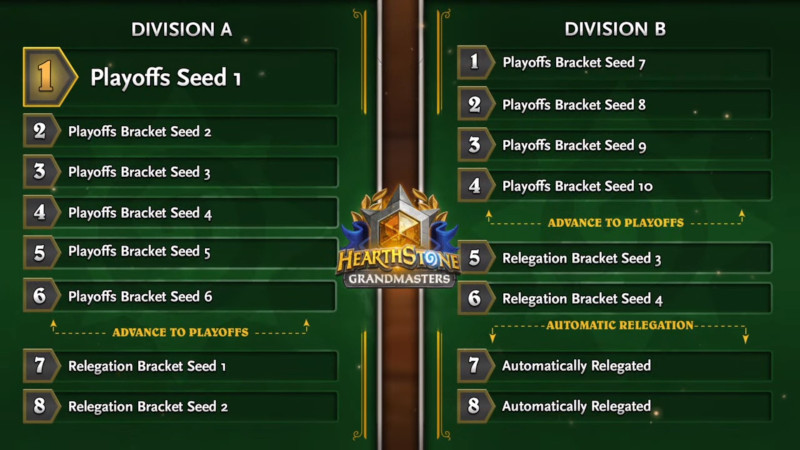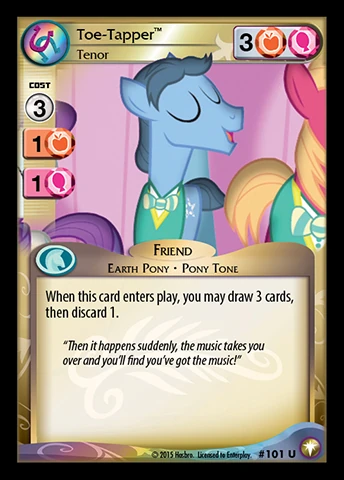Do you love card games but wish there was a way to take them with you anywhere without worrying about losing them down a sewer drain when they fall out of your backpack as you walk home from school? (Hey, it could happen. If you didn’t worry about it before, I’m sure you are now.)
This card game addresses shyness and is designed to help a counselor, teacher, or parent focus on specific areas that are a concern to children. The card game is intended to help children reveal their concerns and conflicts to an adult who can provide guidance. The cards prompt children to reveal the issues uppermost in their minds. 90 Days (Board And Card Game) (Thiagi GameLetter, March 2009) 90 Days: The Sequel (Board And Card Game) (Thiagi GameLetter, May 2009) 99 Words (Thiagi GameLetter, May 2006) Action Plan (Match and Mix) (Thiagi GameLetter, April 2006) Action Replay by Roger Greenaway (Debriefing Game) (Play for Performance, September 2001). Now we get to the very important part of the game - deck building. Take three favorite heroes from two spheres (I recommend that you choose Theodred, Eowyn and some other hero from either Leadership or Spirit). Take all the cards from chosen spheres add 3 Gandalf cards, go through them and put aside around 20 cards that. GitHub is home to over 40 million developers working together to host and review code, manage projects, and build software together. Sign up MarvelsDB - a deck builders for Marvel Champions - The Card Game. A deck of 55 mindfulness games for kids that takes a playful approach to developing attention and fo. A playful way to build rapport. 101 cards are filled with 2.
Do you love magic and knights and assassins? Then try out Blizzard’s online card game Hearthstone!
Hearthstone is free to play and super fun and easy to pick up! All you need is a battle.net account if you don’t already have one it’s super easy to make! (How do you know if you already have one? if you play World of Warcraft, Overwatch, or Heroes of the Storm or any other Blizzard game then just use that login!) It’s also available to play on computers, tablets, and phones!
“But I don’t want to play against people online when I’m learning!” You may think.
I was the same way! But thankfully Hearthstone doesn’t make you do that. They have 5 tutorial sessions before you can even dive into practice mode. All of these are versus the computer! It gives you plenty of confidence for when you’re eventually ready to play against real people. You may be surprised at your ability! I know I was!
Try this great site if you need more help building a deck once you’ve accumulated more cards in your inventory!
Try out Hearthstone today!

Also, if you need even more Blizzard products in your life, feel free to see what the library has in stock!
__
Ashe
This social emotional card game, The Game of Feelings, is a super handy tool for exploring feelings and emotions with children aged 8 to 12 years.
The printable card game helps students explore 40 different feelings and emotions, encouraging them to think about, identify with and talk through a wide range of emotions.
The activity cards prompt children to share their experiences of the different emotions, their body’s physical reactions to these feelings and strategies for successfully navigating overwhelming emotions.
The game can be played as a relationship building tool in the classroom, used in small group or individual counseling sessions, and as a game for family game night. The game cards also make great journaling prompts.
The Game of Feelings Card Game
What’s included;
Deck Building 101 Session 2highlander: The Card Game Free
- 32 question/prompt activity cards (4 pages)
- 40 emotion cards (5 pages)
- 1 backing sheet
- Printing and how to play instructions
- Additional suggestions for using The Game of Feelings cards with children
The game cards are divided into two types: those with a teal background are the activity cards (32 cards in total) and those with a purple background are the emotions cards (40 cards in total). A backing sheet is also included for you to print onto the back of the game cards if you choose – this is optional.

How to Play The Game of Feelings
TIP: The best time to play The Game of Feelings is when everyone feels happy and relaxed. Children find it hard to learn or use new skills when they are already overwhelmed by big feelings.
Get your copy of The Game of Feelings here.

1. Divide the game cards into two stacks – activity cards (teal) and emotions cards (purple). Shuffle each stack and place it on the
table face down.
2. Choose a player to start. That player takes one activity card and one emotion card from the top of each stack, being careful not to reveal which emotion card they have drawn, and performs the activity listed on the activity card for the chosen emotion card.
Deck Building 101 Session 2highlander: The Card Game Download

The cards can then be returned to the bottom of each card stack or held by the player who drew them.
3. Play moves to the next player and continues around the group.
Modifications for younger players:- Remove the more complex emotions cards from the emotions stack (for example discouraged, confident, amused, etc), starting out with the simpler, more obvious emotions that the children playing are already familiar with (happy, sad, angry). You may wish to print extra copies of these cards.
- Provide the child with an age appropriate level of support to complete each activity.
Deck Building 101 Session 2highlander: The Card Game Walkthrough
The Game of Feelings is available as an instant download PDF for you to print and play. I strongly suggest printing these onto card stock or matte photo paper and laminating for durability. Available for $7, you can purchase The Game of Feelings here.